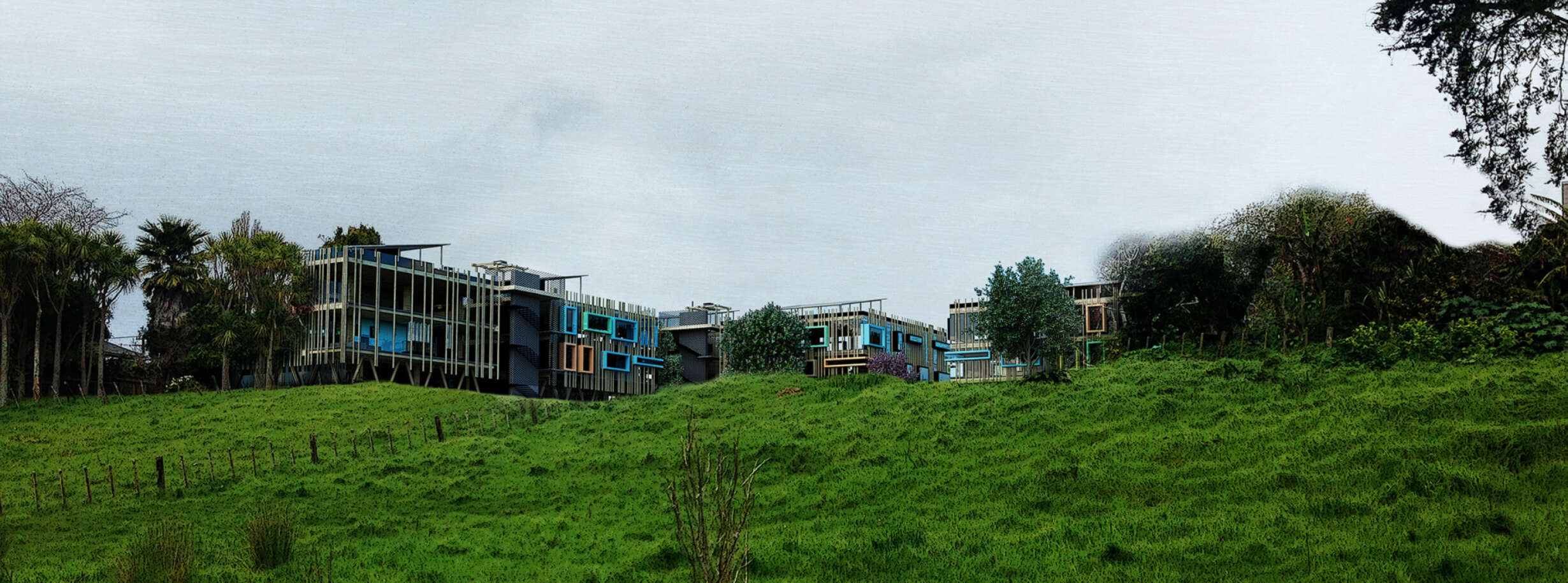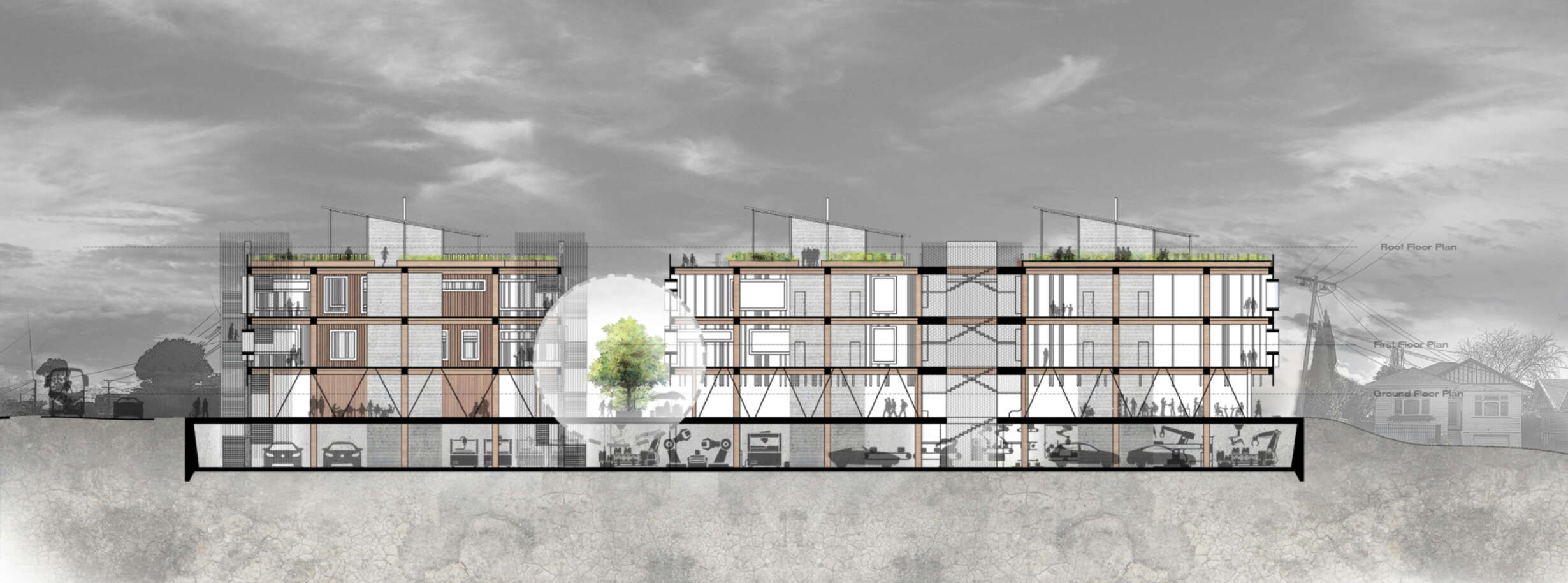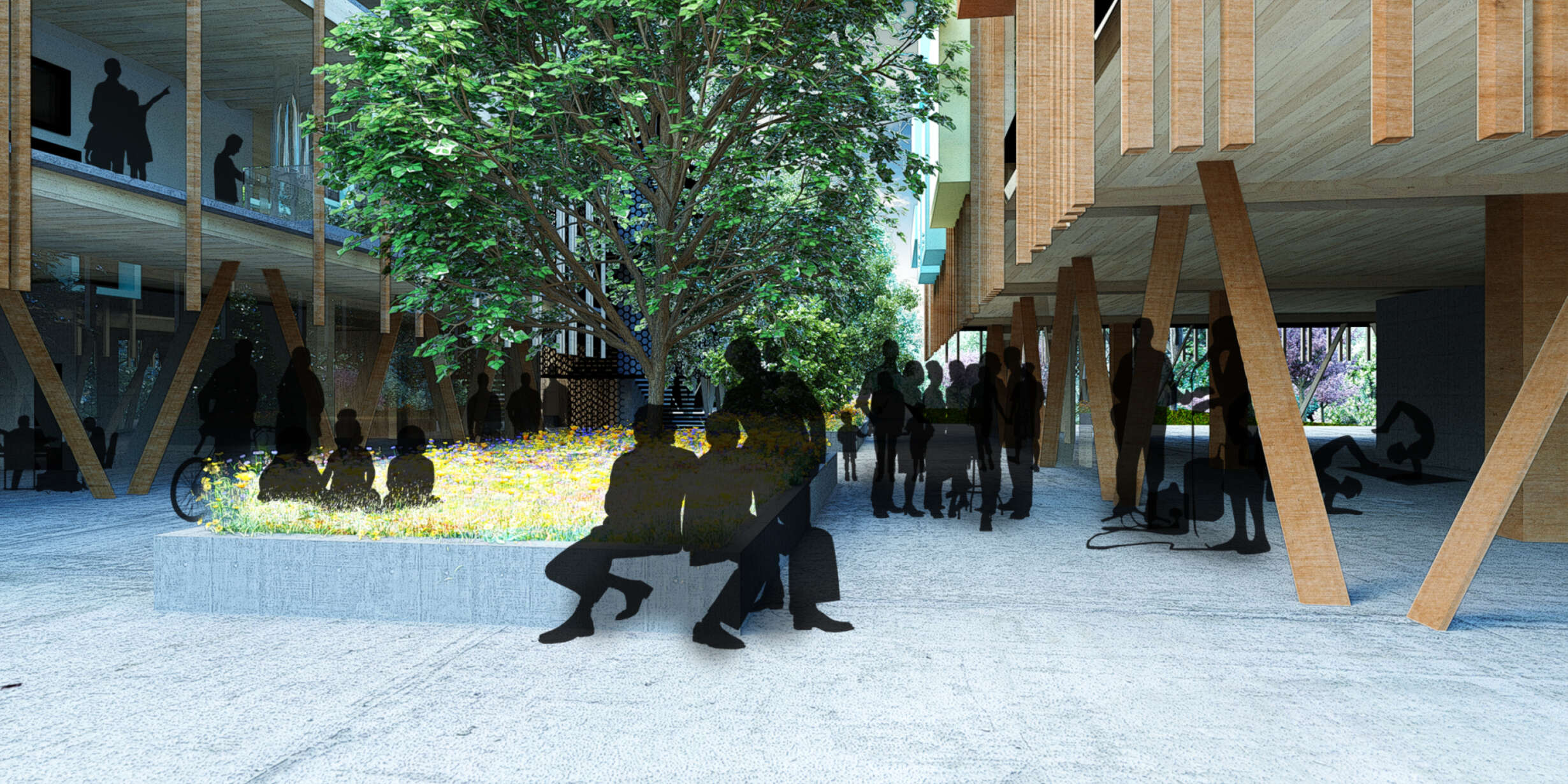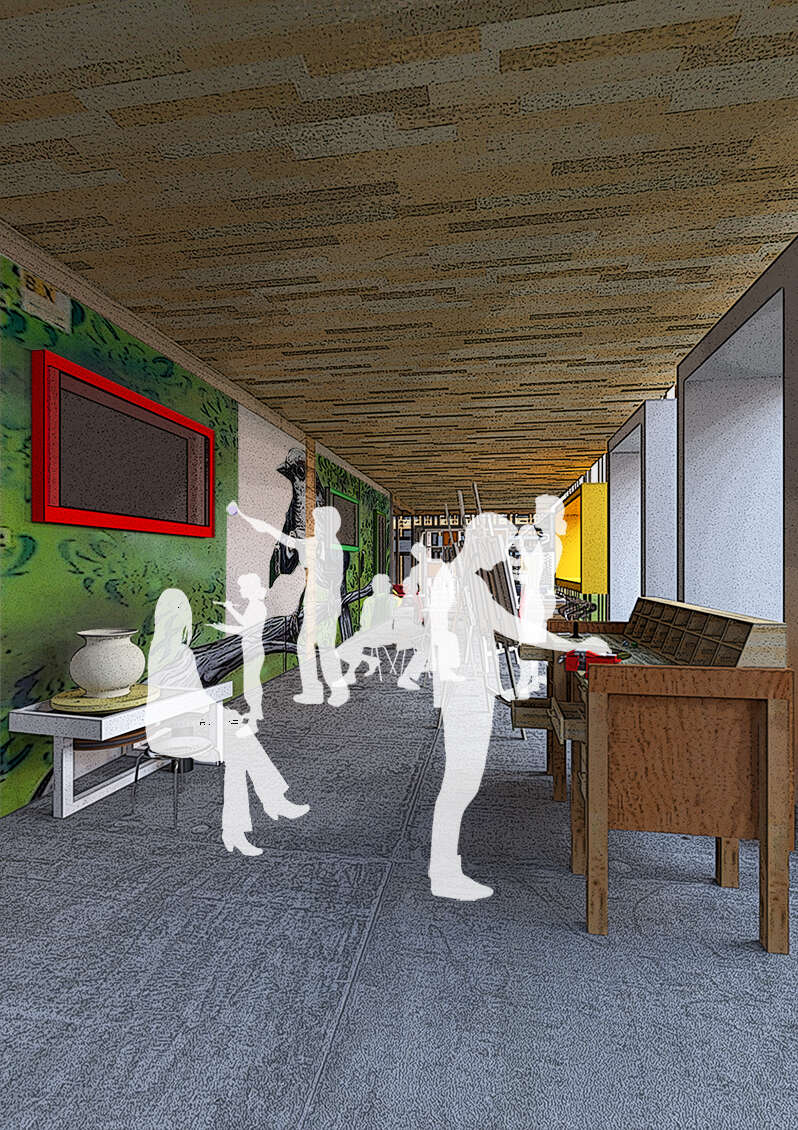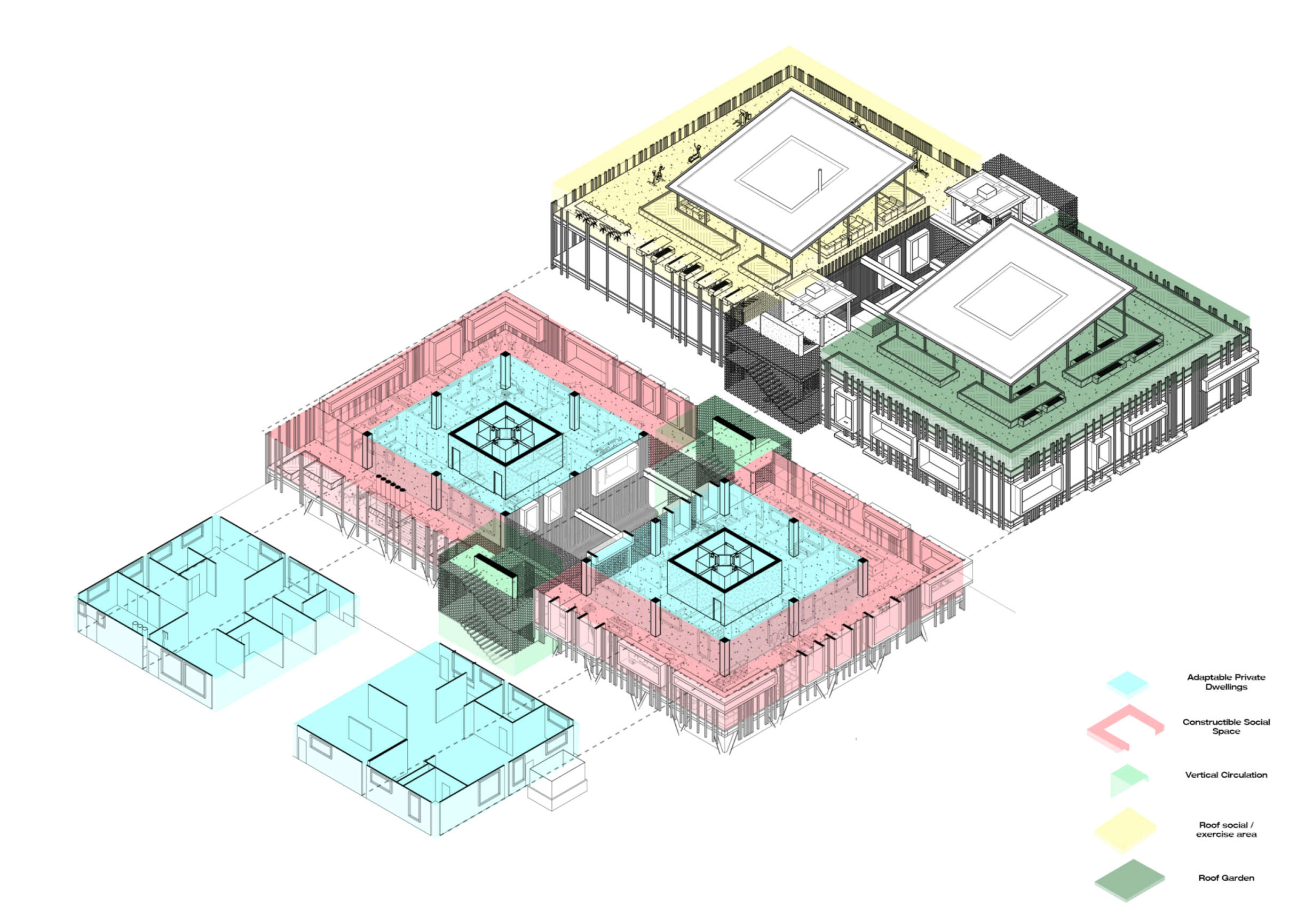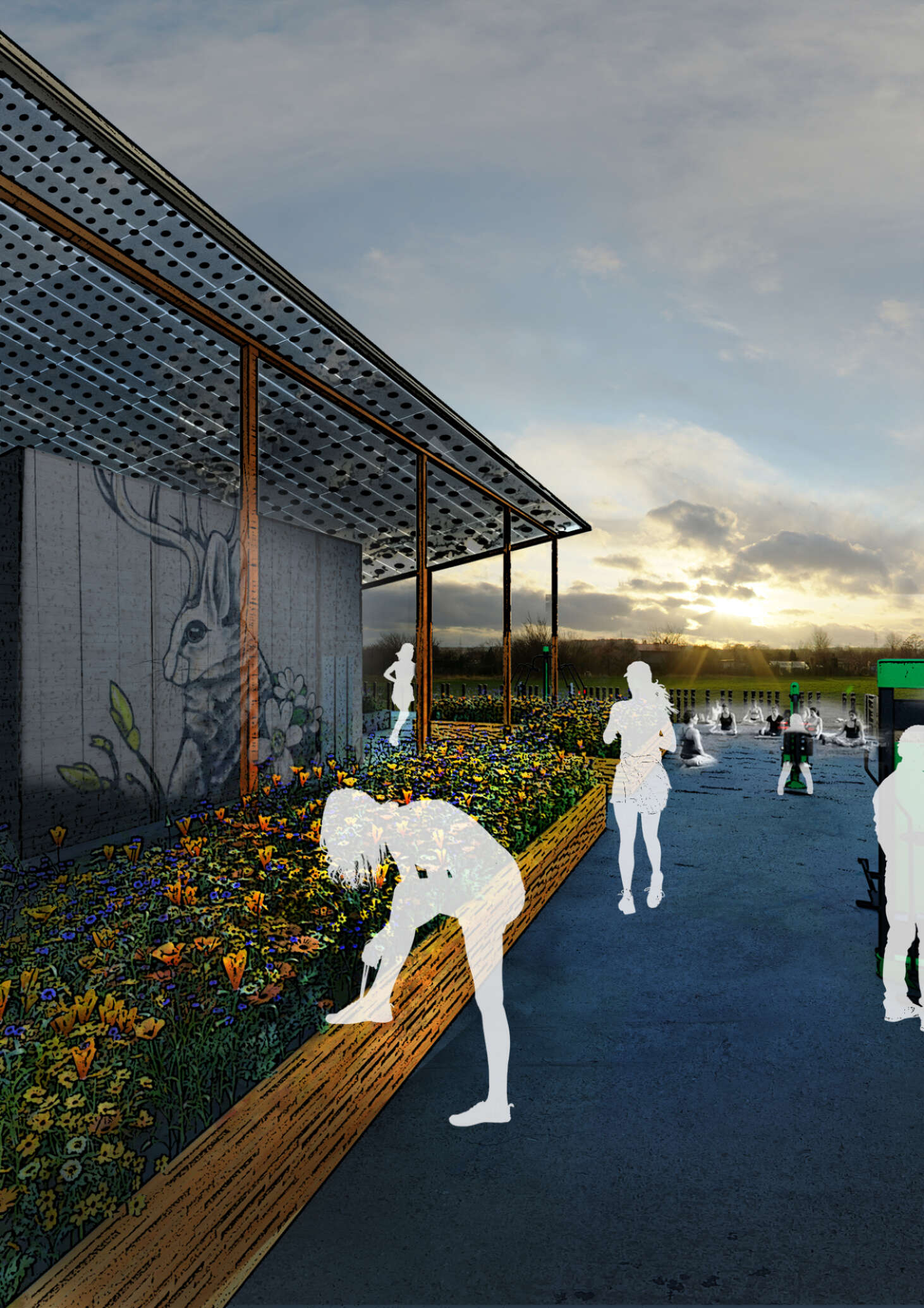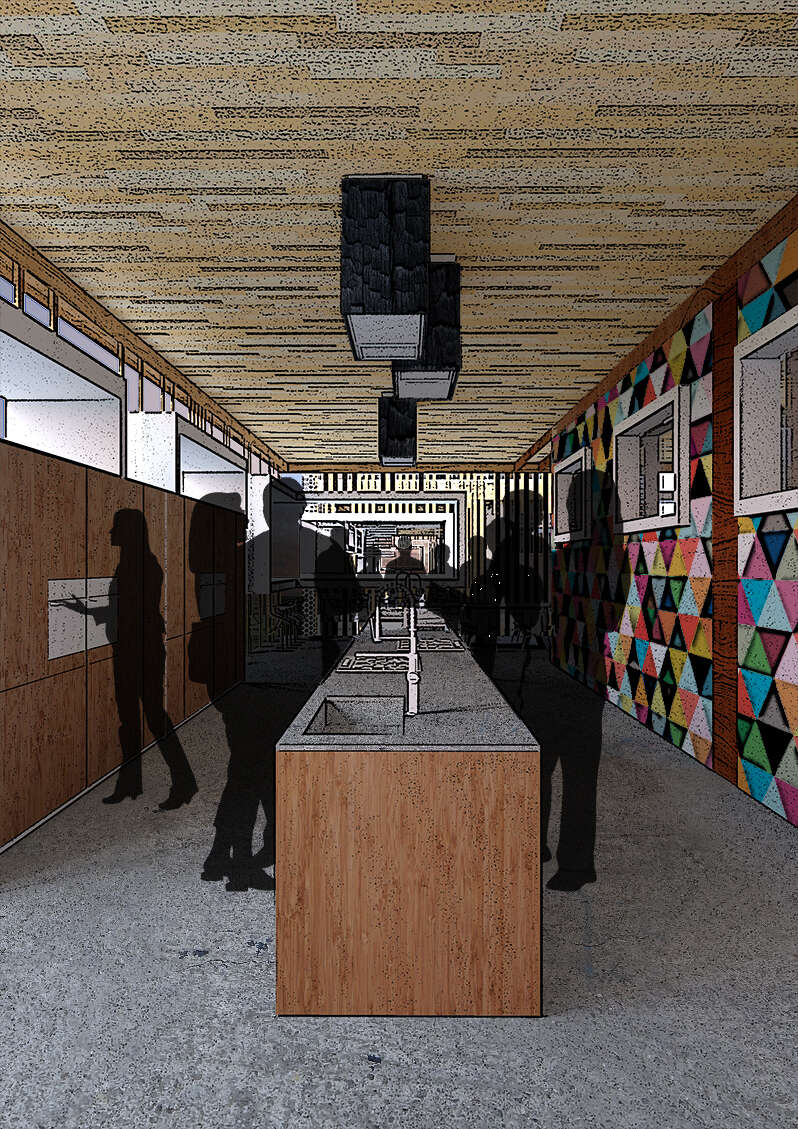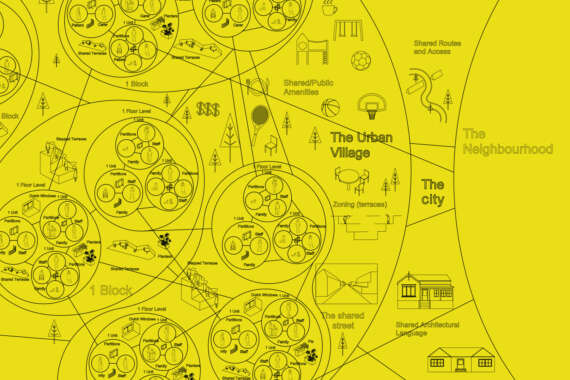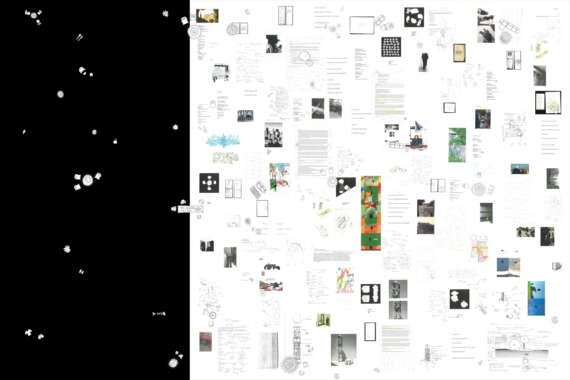Architecture of a Post Capitalist Society
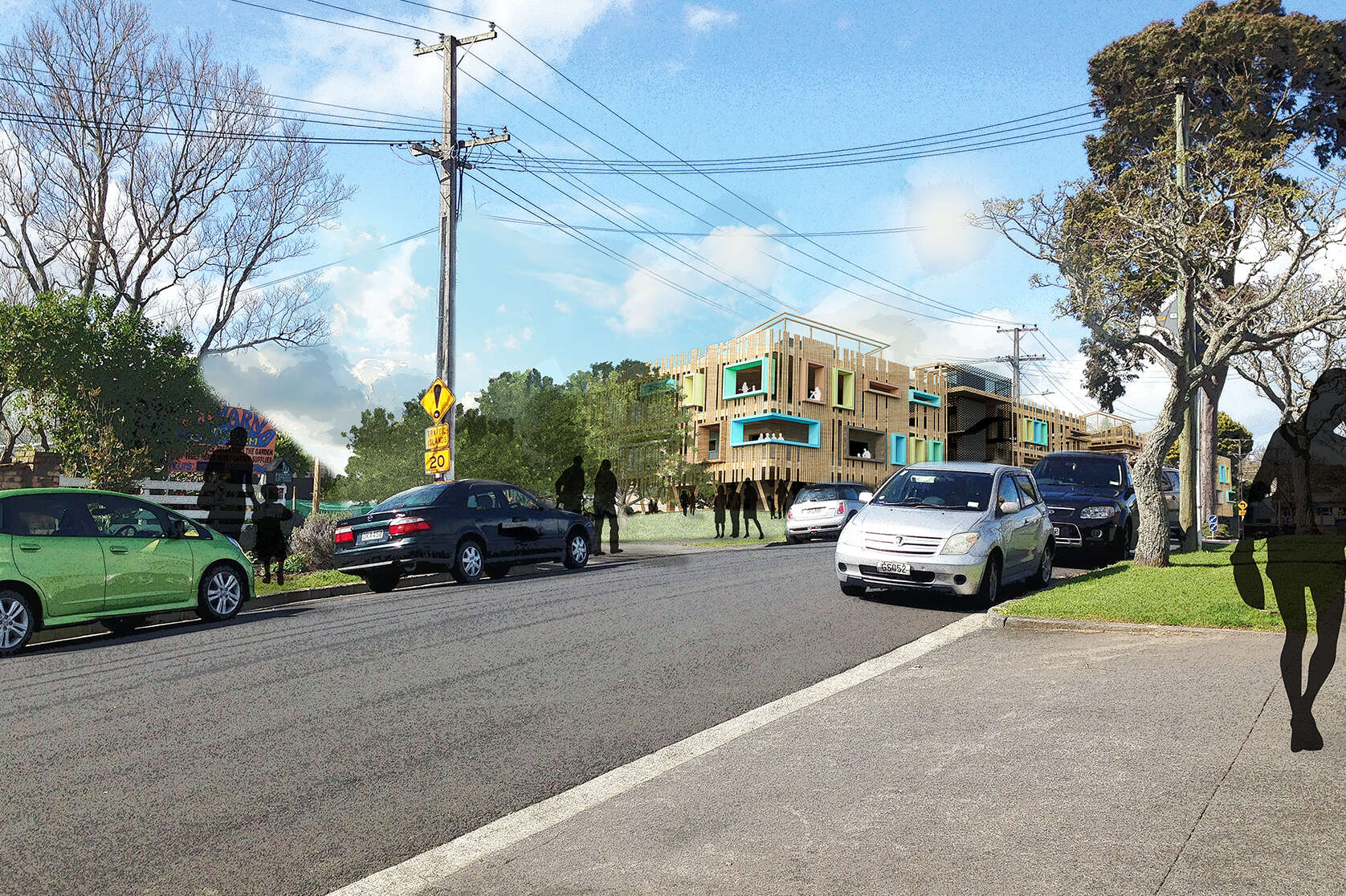
This project investigated the changing world brought about by automation and A.I. technologies and asked, how will architecture respond to this second machine age.
The resulting design proposal occupies a world in which this paper summarises as fully automated luxury communism, an abundant world where productivity has risen and the working week reduced, giving way to a leisure based lifestyle.









